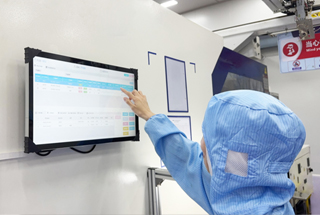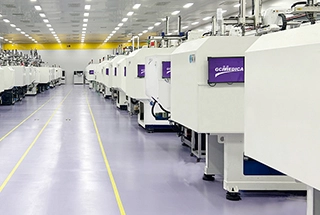A forced-air warming device is a convective temperature management system designed to maintain normothermia by delivering a controlled flow of warm air to a patient's body surface. It consists of a reusable warming unit that generates heated air, a flexible hose for transport, and a single-use perforated blanket that distributes warmth evenly across the skin. Widely adopted under brand names such as ThermaAir, this technology prevents perioperative hypothermia—a common surgical complication linked to increased blood loss, infection risk, and prolonged hospitalization. By rapidly achieving target temperatures (often within one minute) and supporting use in the operating room (OR), post-anesthesia care unit (PACU), and intensive care unit (ICU), forced-air warming devices improve patient outcomes and streamline perioperative workflows .
Product Overview
Forced-air warming devices employ convective heating to counteract heat loss during surgical and critical-care procedures. The system's main components include:
Warming Unit: A compact generator that heats ambient air to a physician-set temperature, typically between 37 °C and 43 °C.
Flexible Hose: A user-friendly conduit designed for secure attachment and minimal heat dissipation.
Perforated Blanket: A sterile, disposable blanket with micro-perforations that allow warm air to exit uniformly, creating a “cocooning” effect around the patient.
Working Mechanism
Air Heating: The unit draws in room air and passes it over a heating element to reach the set temperature.
Air Delivery: Heated air is pushed through the hose under controlled flow, ensuring consistent temperature at the blanket interface.
Heat Transfer: As air exits the blanket’s micro-perforations, convective currents maximize skin contact, recruiting up to 64 % of the body surface for efficient warming.
Temperature Control: Integrated sensors and alarms monitor air temperature and flow rate, maintaining patient safety and device reliability.
Clinical Benefits and Applications
Hypothermia Prevention: Reduces the incidence of inadvertent perioperative hypothermia, mitigating risks of coagulopathy, cardiac events, and surgical site infections.
Rapid Warming: Achieves normothermic conditions (around 37 °C) within 60 seconds, minimizing temperature-related delays in surgery.
Versatile Use: Suitable for preoperative, intraoperative, and postoperative care in ORs, ICUs, and PACUs.
Patient Comfort: Offers gentle, uniform warmth with conscious-sedation compatibility, reducing need for general anesthesia and enhancing recovery.
Improved Outcomes: Proven to shorten hospital stays and lower healthcare costs by preventing hypothermia-related complications.
Related Products


 Français
Français Español
Español Products
Products

 About Us
About Us











